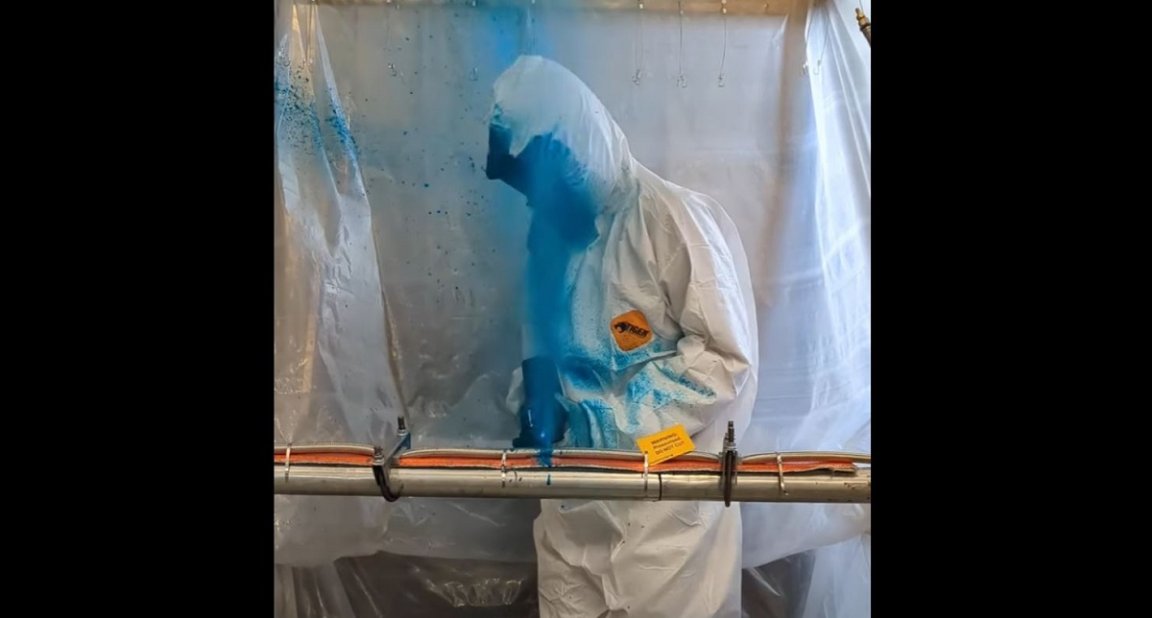
Active Defense Countermeasures
Amid a spate of vandalism at Supercharger stations, Tesla appears to be employing countermeasures to head off the theft of its valuable copper charging cables.
For years now, opportunists have targeted electric vehicle charging stations for the copper wiring that powers them, and more recently Tesla’s physical locations have been targeted by a wave of anti-Elon Musk vandalism. With Tesla Supercharger stations lacking physical security guards, thieves have had little stopping them from hacking off the cables to steal the metal worth up to $5.20 per pound — until now, at least.
In a post on X, Tesla charging czar Max de Zegher appeared to confirm that the company is experimenting with anti-theft technology, including so-called “DyeDefender” wraps for charger cables that spit out blue dye when cut, and stamps on the wires themselves that he hopes will flag the stolen materials at recycling centers.
Responding to a post from the blog Drive Tesla Canada about the exploding dye cable wraps, de Zegher said that the solution was “just a trial” and added that the company is “always exploring options.”
“Supercharger cables will also have ‘Property of Tesla’ engraved from our Buffalo NY factory,” he added, “so recycling companies shouldn’t accept them and notify us.”
Earlier in the week, a Tesla-driving Redditor posted photos of the new cable wraps at a new Supercharger station in Seattle. In one close-up, a small yellow flag warned that the cable wrap was “pressurized” and should not be cut was visible. Made by the company CatStrap, these DyeDefender cable wraps will explode and paint blue dye all over whoever attempts to cut them, as a video from the company shows.

As of right now, it’s unclear whether this anti-theft technology has been installed at any other Supercharger stations or if Tesla has struck an extended deal with CatStrap. We’ve reached out to the company to get more information about that.
More on Tesla vandalism: Tragedy! Cybertruck Defaced With Large Crude Drawing